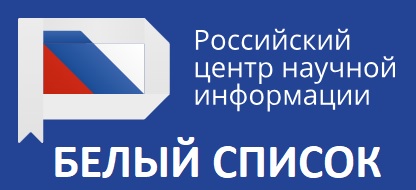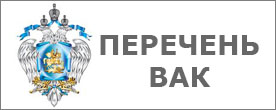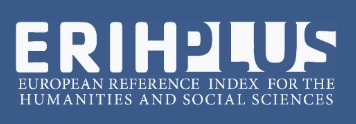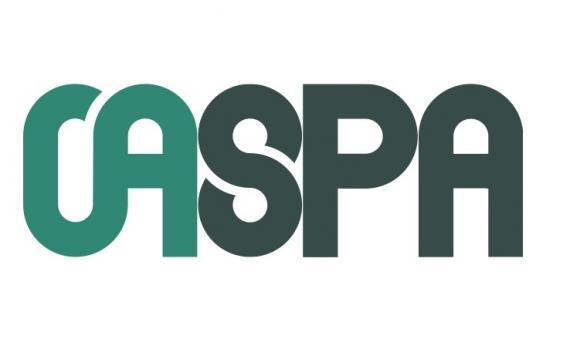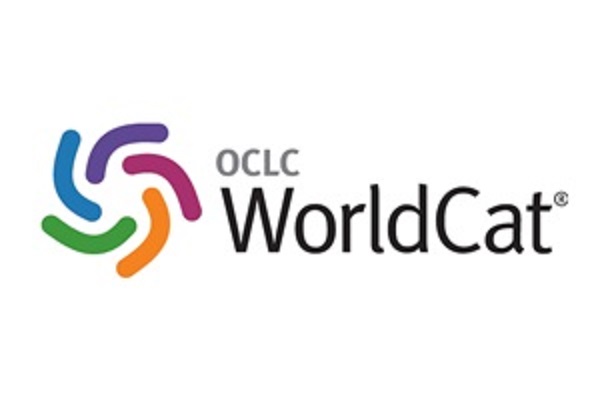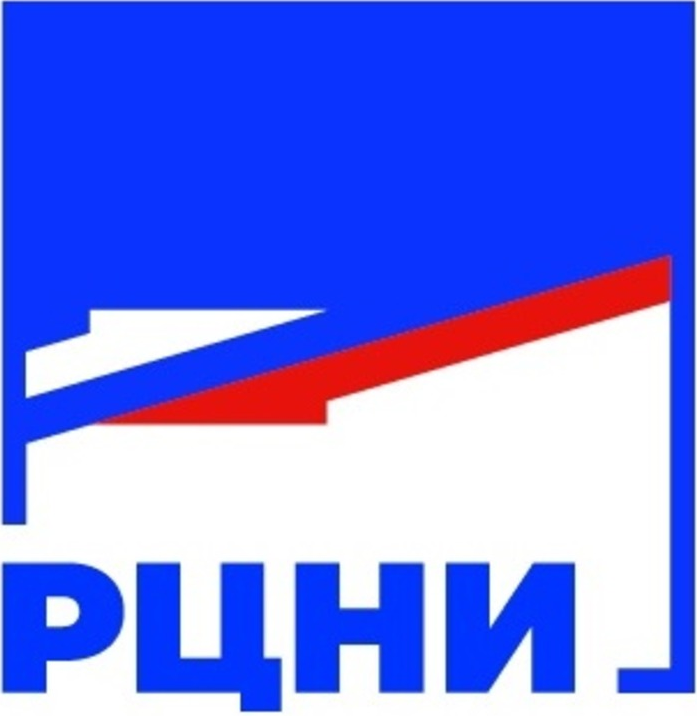Original article
https://doi.org/10.15507/2076-2577.017.2025.03.316-324
https://elibrary.ru/sjkdck
УДК / UDC 316.353(=511.152)(470.40)
Local Groups within the Mordvian Population of the Penza Region
G. А. Kornishina
National Research Mordovia State University, Saransk, Russian Federation
Abstract
Introduction. One of the pressing problems of modern ethnological science is the development of a generally accepted view of the ethnographic structure of the peoples of our country. This also applies to the Mordvin ethnic group, the structure of which covers a number of hierarchical taxa. Of considerable interest in this regard is the structure of the Mordvin population of the modern Penza region. The purpose of this study is to study the features of the formation of individual local or, more precisely, small local groups that formed in its composition as a result of migration processes.
Materials and Methods. The sources for writing the article were the data of the First General Population Census of the Russian Empire in 1897, the population censuses of the Soviet and post-Soviet periods. Scientific publications on the topic under consideration were also used. The methodological basis of the study is complex. It includes general logical and theoretical methods that made it possible to reveal the temporal and spatial changes occurring among local groups.
Results and Discussion. As a result of the study, it was revealed that among the Mordvin population of the modern Penza region, several small local groups can be distinguished, which combine elements of culture inherent in both Moksha and Erza. Their formation occurred mainly in the 17–18th centuries as a result of the migration of Moksha and Erza both across the territory of the Penza region itself and from the territories of neighboring regions. The structure of the Mordvin population of the modern Penza region includes several hierarchical taxa. Undoubtedly, this community is an integral part of the Mordvin ethnic group. Representatives of both its subethnic groups, Moksha and Erza, live in this region. The Mordvins of the Penza region are also an integral part of two ethnoterritorial groups – the northwestern Moksha group and the Penza-Saratov ethnoterritorial group. In addition, smaller local groups are distinguished in the Mordvin population of the region in question.
Conclusion. The author’s conclusions contribute to the study of the problem of the structure of the Mordvin ethnic group and the existence of a certain hierarchy of ethnic and ethnocultural taxa in its structure.
Keywords: Mordvin ethnic group, Moksha, Erzya, Penza region, ethnoterritorial groups, small local groups, demographic processes
Conflict of interest: The author declares no conflict of interest.
For citation: Kornishina G.А. Local Groups within the Mordvian Population of the Penza Region. Finno–Ugric World. 2025;17(3):316–324. https://doi.org/10.15507/2076-2577.017.2025.03.316-324
REFERENCES
- Artemova S.N., Pervushkin V.I., Alekseeva N.S. Natural and Historical Heritage in the Cultural Landscapes of the Penza Region. Advances in Current Natural Sciences. 2022;(3):36‒41. (In Russ., abstract in Eng.) https://doi.org/10.17513/use.37789
- Kornishina G.A. Ethnic Structure and Features of Ethno-cultural Functioning of the Mordovian Population of the Ulyanovsk Region. Finno-Ugric World. 2018;(2):77‒89. (In Russ., abstract in Eng.) https://doi.org/10.15507/2076-2577.010.2018.02.077-089
- Stavitsky V.V. Basic Conceptions of the Ancient Mordva Ethnogenesis (Historiographical Review). Izvestiya of Samara Scientific Center of the Russian Academy of Sciences. 2009;11(6‒1):261–266. (In Russ., abstract in Eng.) Available at: https://sciup.org/osnovnye-koncepcii-jetnogeneza-drevnej-mordvy-istoriograficheskij-obzor-148198820 (accessed 03.03.2025).
- Kornishina G.A. Rites of the Trinity Cycle of Mordva of the Penzen Region. Humanitarian: Actual Problems of the Humanities and Education. 2017;(3):9‒12. (In Russ., abstract in Eng.) Available at: https://sciup.org/obrjady-troickogo-cikla-mordvy-penzenskoj-oblasti-14720988 (accessed 03.03.2025).
- Vernyaev I.I. [Industrial Clusters as Local Ethnographic Groups: Economy, Society, Culture and Identity]. Vestnik of Saint Petersburg University. Ser. 2. 2011;(1):47‒84. (In Russ.) https://elibrary.ru/nedcgv
- Vernyaev I.I., Novozhilov A.G. [Symposium “Problems and Prospects of Studying Small Groups in Ethnography” (December 2, 2011, Russian Geographical Society, Faculty of History, St. Petersburg State University)]. Vestnik of Saint Petersburg University. Ser. 2. 2012;(3):199‒204. (In Russ.) https://elibrary.ru/pciwtn
- Loginov K.K. [Russians of Vodlozerye as an Ethno-Local Group]. Vestnik of Saint Petersburg University. Ser. 2. 2007;(4):256‒261. (In Russ.) https://elibrary.ru/qabmlj
- Kropachev S.A. Local Groups of the Russian Ethnos at the End of the XIX-First Quarter of the XX Centuries: Historical and Demographic Research. Proceedings of the Komi Science Centre of the Ural Division of the Russian Academy of Sciences. 2023;(8):34‒39. (In Russ., abstract in Eng.) https://doi.org/10.19110/1994-5655-2023-8-34-39
- Fishman O.M. [Factors of Formation of Natural and Economic Space of Microlocal Group (Tikhvin Karelians)]. Proceedings of Petrozavodsk State University. 2011;(1):15‒21. (In Russ.) https://elibrary.ru/nxzlst
- Belkov P.L. [The Concept of Small Ethnographic Groups: Topography and Topology]. Vestnik of Saint Petersburg University. Ser. 2. 2013;(1):98‒106. (In Russ.) https://elibrary.ru/pxzuub
- Minaeva E.Yu. Localization of Ethnic Groups: Tools for Analyzing Ethnopolitical Processes. Bulletin of Perm University. Political Science. 2020;14(1):116‒126. (In Russ., abstract in Eng.) https://doi.org/10.17072/2218-1067-2020-1-116-126
- Danilova N.K. Forming of Historical and Cultural Landscape of Yakuts: Ethno-Local
Models and Spatial Concepts. Nauchnyi dialog. 2019;(8):243‒257. (In Russ., abstract in Eng.) https://doi.org/10.24224/2227-1295-2019-8-243-257 - Makarova А.А. On the Mapping of Local Ethnic Groups in Belozerye with Reference to Onomastic Data. Izvestiya Uralskogo federalnogo universiteta. Ser. 2: Gumanitarnye nauki. 2017;19(4):63‒83. (In Russ., abstract in Eng.) https://doi.org/10.15826/izv2.2017.19.4.064
- Azizova N.R. [Traditional Ritual Culture of the Local Group of Astrakhan Tatars: Problems of Revival and Preservation]. Etnosocium i mezhnacional’naya kul’tura. 2009;(4):121‒127. (In Russ.) https://elibrary.ru/opshwx
Information about the author:
Galina A. Kornishina, Dr.Sci. (Hist.), Professor of the Department of History of Russia, National Research Mordovia State University (68 Bolshevistskaya St., Saransk 430005, Russian Federation), ORCID: https://orcid.org/0000-0001-5680-5041, SPIN-code: 5356-3213, G.Kornihina@mail.ru
The author has read and approved the final manuscript.
Submitted 04.04.2025; revised 12.05.2025; accepted 19.05.2025.



